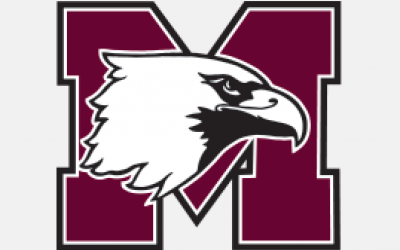JUMPER’S KNEE (PATELLAR TENDONITIS)
Patellar tendonitis, also called “jumper's knee,” is damage to the tendon that connects the kneecap to the shinbone.
September 26, 2018
OVERVIEW
What Is Patellar Tendonitis (Jumper's Knee)?
Patellar tendonitis, also called “jumper's knee,” is damage to the tendon that connects the kneecap to the shinbone.
The patellar tendon along with the quadriceps muscle and tendon allow you to straighten your knee.
Patellar tendonitis causes
Patellar tendonitis is an overuse injury due to repeated stress on the tendon. This causes tiny tears in the tendon.
With rest, your body can repair the tendon tears in the knee.
Without resting, your body can't repair the tendon tears fast enough. This causes inflammation and pain.
Patellar tendonitis risk factors
Athletes who play jumping sports — such as basketball or volleyball — have a higher risk of getting patellar tendonitis.
Running and soccer can also lead to knee tendon tears.
How to prevent patellar tendonitis
Here are a few steps you can take to prevent patellar tendonitis:
•Conditioning properly.
•Adding new or higher impact activity gradually.
•Warming up and stretching before exercise.
•Wearing the right shoes for your sport.
SYMPTOMS
Patellar tendonitis symptoms
The first sign of patellar tendonitis is pain in your kneecap where the tendon connects to the shinbone.
You may also feel pain when jumping or kneeling.
Patellar tendonitis pain often starts off mild, but symptoms can become more severe over time.
Patellar tendonitis diagnosis
To diagnose patellar tendonitis or jumper's knee, your physician will take your medical history and do a physical exam. He or she will look for knee pain by pressing on the tendon.
You might also need x-rays or other imaging tests to rule out:
- Bone problems
- Arthritis
- Other knee injuries
TREATMENT
Patellar Tendonitis Treatment
The first goal of patellar tendonitis treatment is to give your body the chance to heal the damaged tendon in your knee.
At-home patellar tendonitis treatment
You can often treat minor tendonitis at home with:
- Rest
- Ice
To help treat jumper's knee, you can stretch the muscles in the:
- Front of the thighs (quadriceps)
- Back of the thighs (hamstrings)
- Calves
If your knee pain symptoms don't improve — or if you have swelling around the knee joint — call your physician.
Patellar tendonitis rehab
To get back to your sport and help prevent future knee damage, your physiotherapist may prescribe rehab exercises that include:
- Mini step ups
- Strengthening your core stabilizing and gluteal muscles
With each exercise, start at a level that causes no pain. Slowly add repetitions or resistance each session.
Content supplemented by UPMC Sports Medicine
